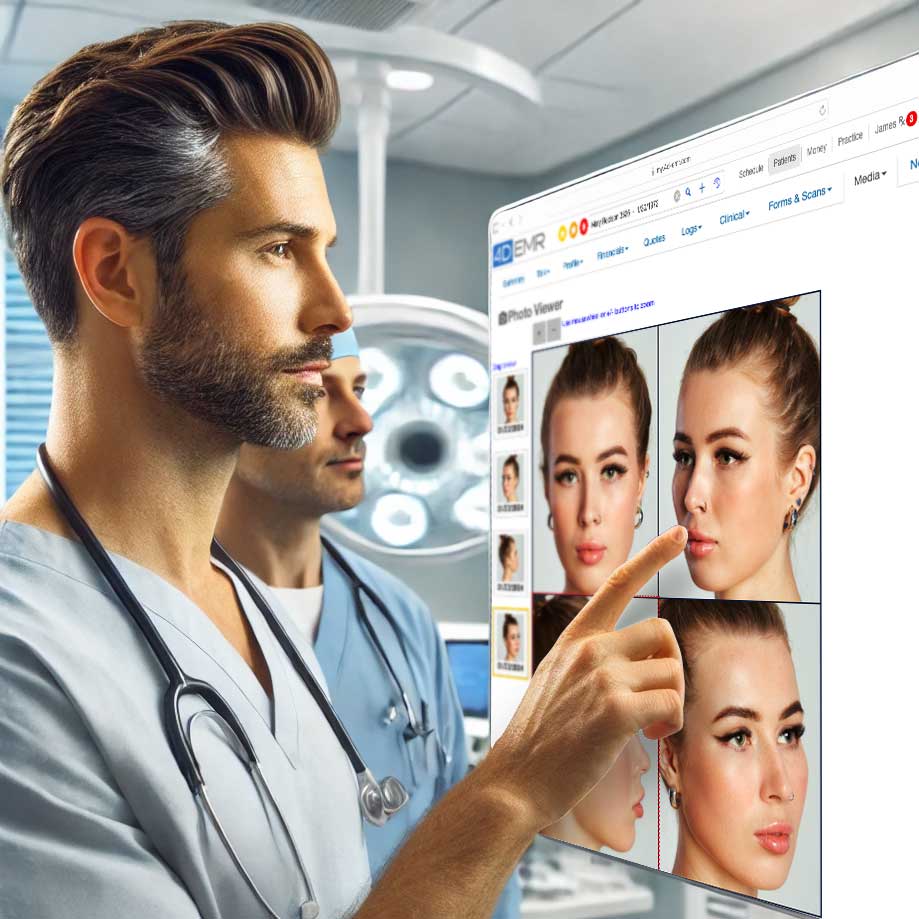How EMR Software Improves Patient Outcomes in Plastic Surgery

In the precise world of plastic surgery, the integration of Electronic Medical Records (EMR) systems has revolutionized how care is delivered. These technologies not only streamline administrative processes but also significantly enhance patient outcomes.
Centralized Patient Information
EMR systems centralize patient records, making it easy for surgeons to access and update all necessary information. This includes detailed medical histories, surgical notes, and post-operative results. As a result, centralized data helps surgeons make well-informed decisions quickly, thereby reducing the risk of complications and enhancing the quality of care.
Enhanced Monitoring and Follow-up
Moreover, these systems enable continuous monitoring of patient progress during recovery. Consequently, surgeons can adjust treatment plans in real-time based on detailed, up-to-date information. Automated follow-up reminders ensure that patients adhere to their recovery protocols, which is crucial for optimal surgical outcomes.
Data-Driven Decisions
Similarly, EMR systems provide a wealth of data that surgeons can analyze to refine their techniques and approaches. By examining outcomes across different procedures and patient demographics, surgeons can identify best practices and areas for improvement, leading to better overall results.
Improved Patient Engagement
Additionally, when patients have access to their health information through patient portals, they become more engaged in their care. This engagement allows patients to track their recovery process, understand their treatment plans, and communicate more effectively with their healthcare providers, leading to higher satisfaction and better clinical outcomes.
Streamlined Communication
Communication among the care team is vital in plastic surgery. EMR systems facilitate seamless communication, ensuring that everyone involved—from surgeons to nurses to ancillary staff—is up-to-date with the patient’s status. This coordination is essential for successful surgical planning and execution.
Reduced Errors
Furthermore, automating the entry of patient data reduces the likelihood of human error. Accurate information is critical in plastic surgery, where even minor inaccuracies can affect outcomes. EMR systems ensure that data is entered correctly, thus reducing risks associated with surgical procedures.
Conclusion
Lastly, EMR systems are not just technological tools; they are transformative elements that enhance patient outcomes in plastic surgery. By providing robust data, streamlining communication, and improving engagement, these systems ensure higher levels of accuracy and patient satisfaction. As technology advances, the role of EMR in plastic surgery will continue to grow, driving innovations that lead to even better patient care.
